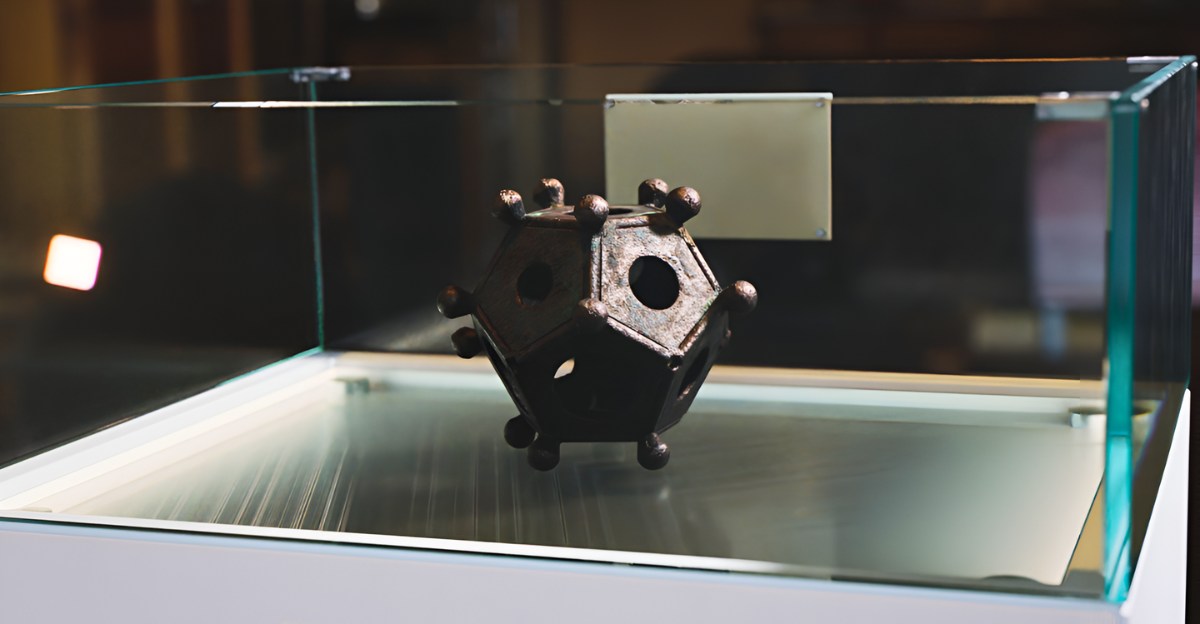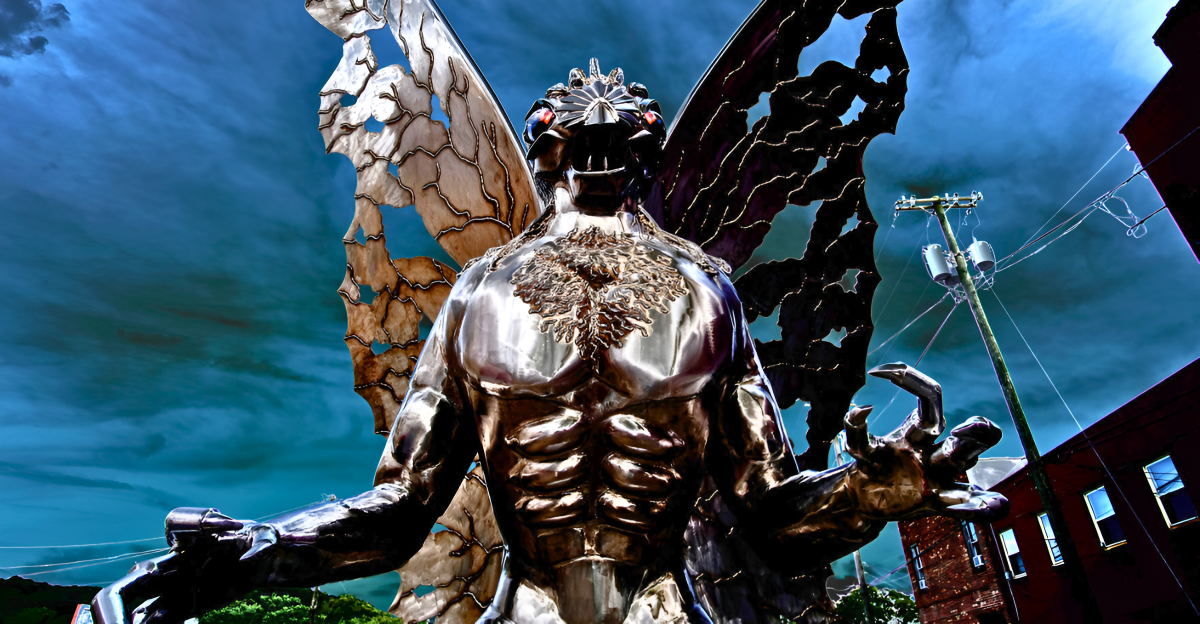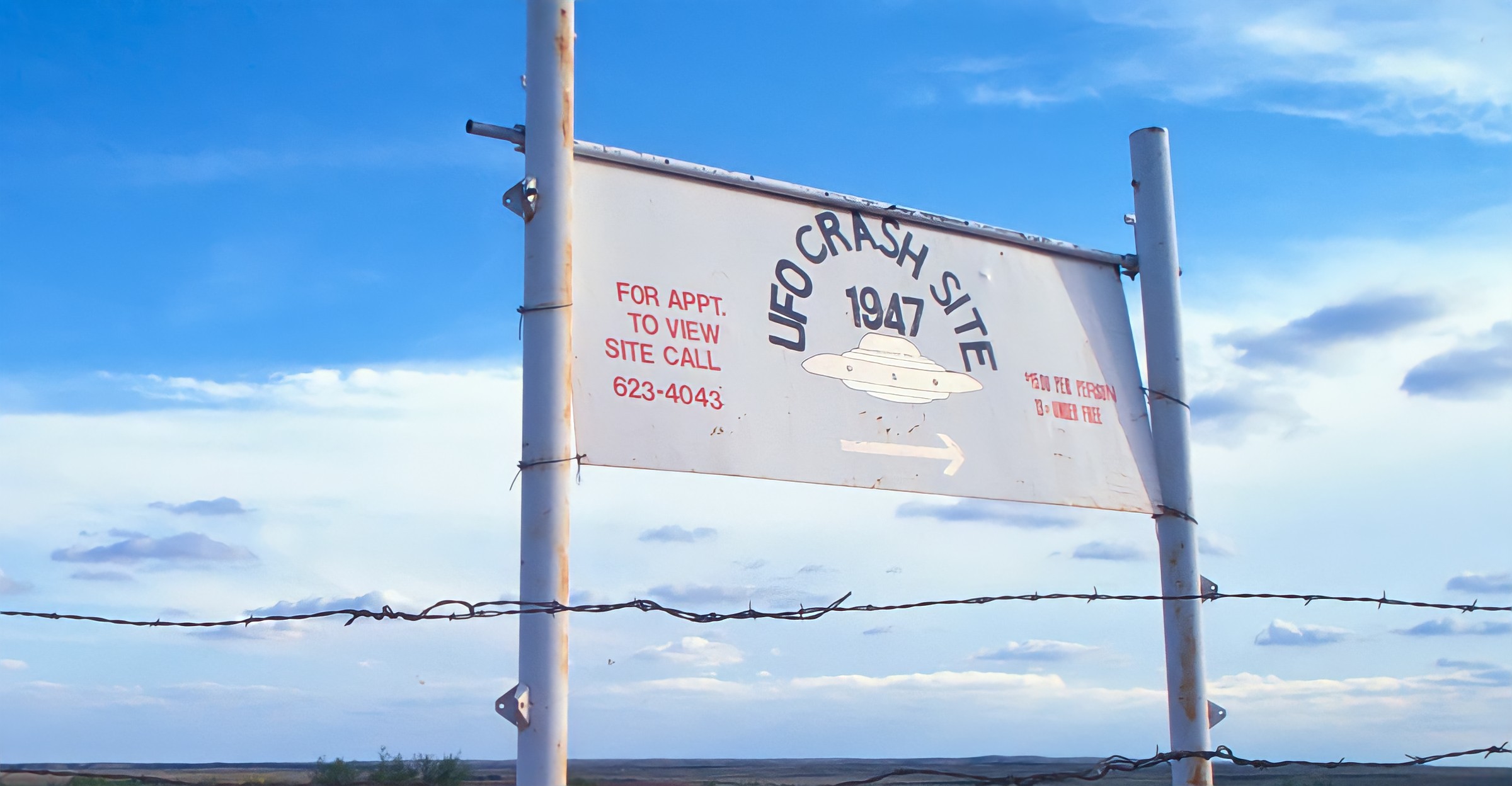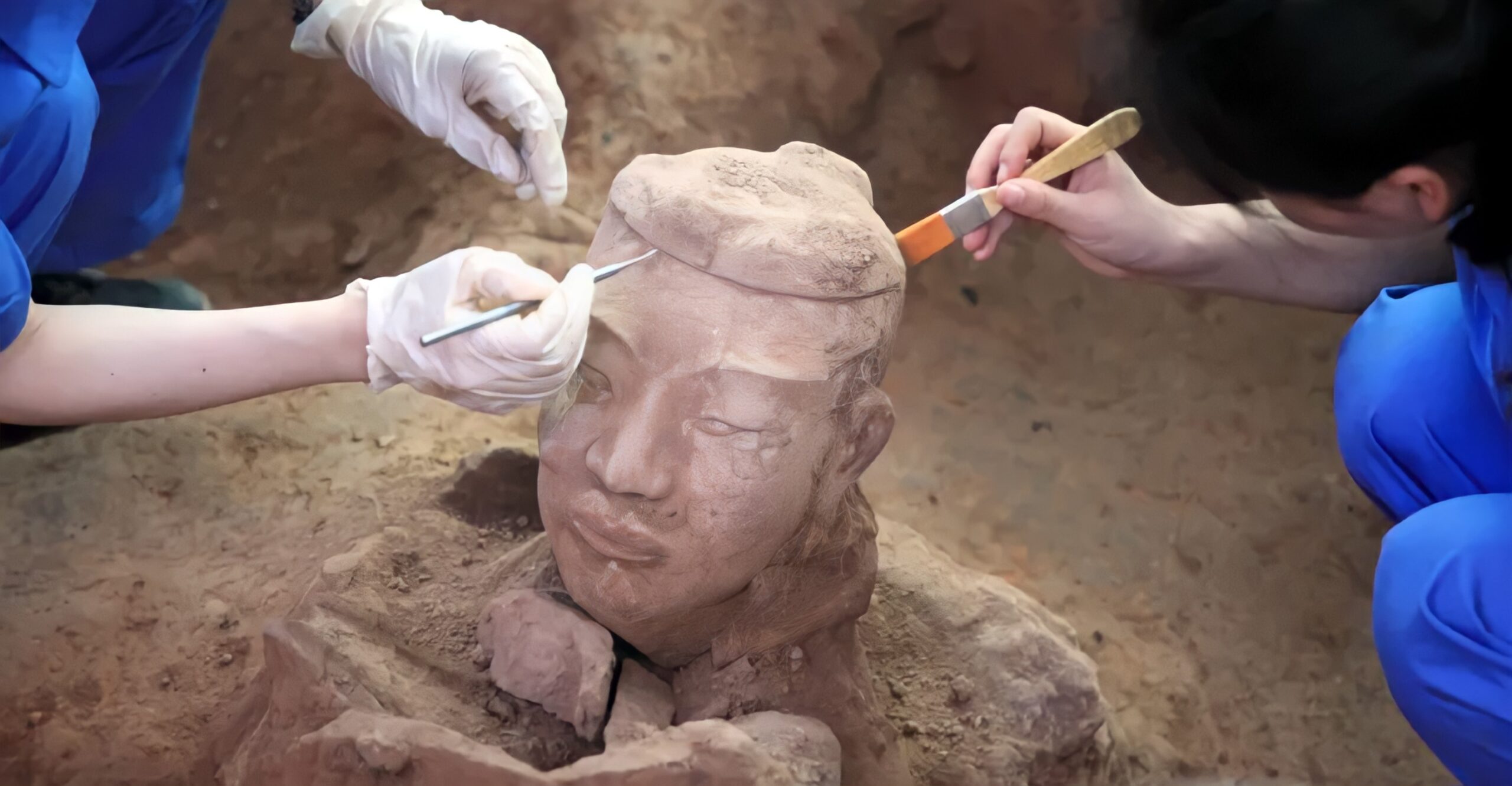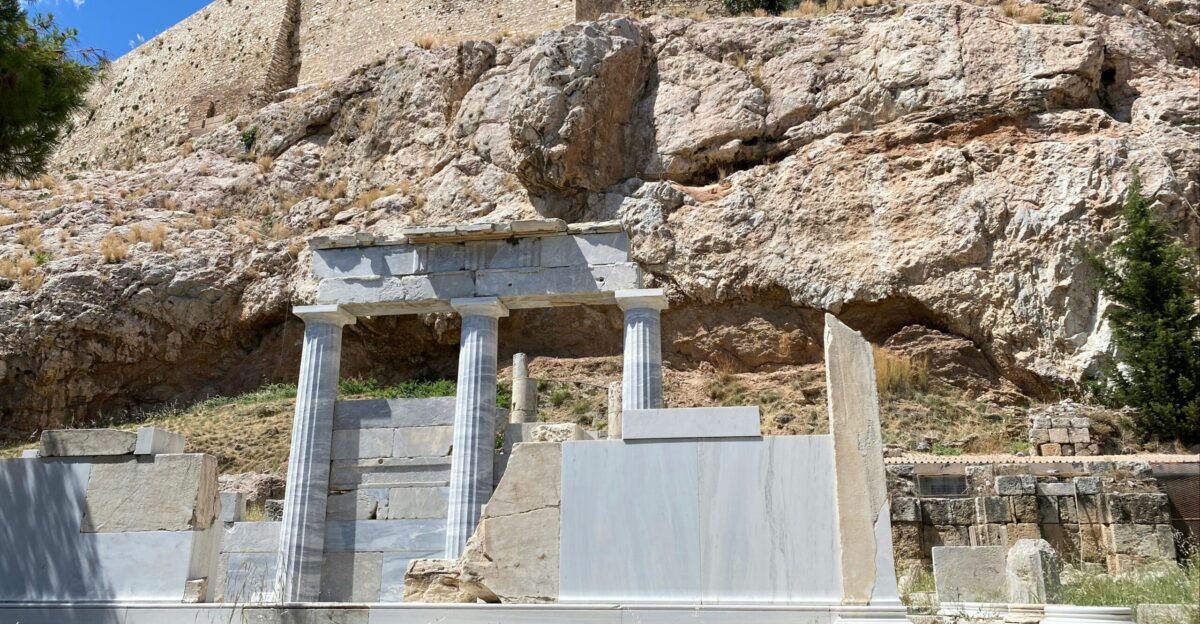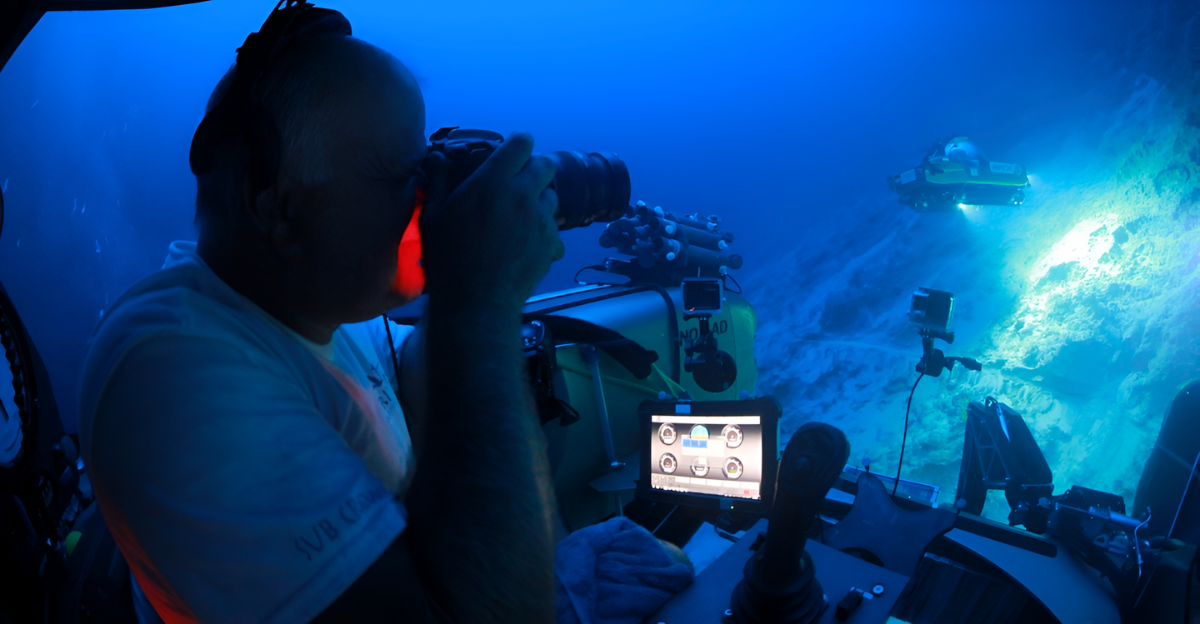
After nearly nine decades of speculation, one of aviation’s greatest mysteries may finally be on the verge of a breakthrough. After going through satellite images, researchers believe they may have located the long-lost wreckage of Amelia Earhart’s aircraft, the Lockheed Electra 10E, on the remote Pacific island of Nikumaroro.
This breakthrough comes after years of fruitless searches and conflicting theories about what really happened on July 2, 1937, when Earhart and her navigator Fred Noonan vanished without a trace during their around-the-globe-in-50-days moment. Does this wreckage belong to the lost duo or is it just a sad reminder of lives that once were?
A Historic Journey
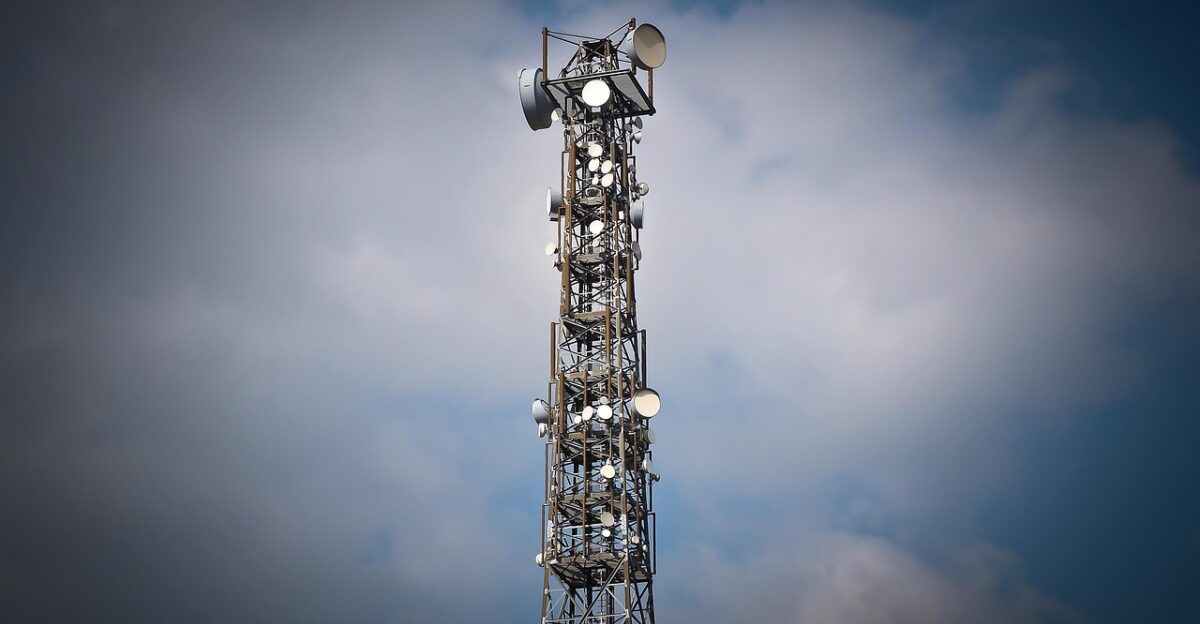
Amelia Earhart had big dreams of becoming the first woman to travel around the world by air, and she was about to make history. Departing from Oakland in late May 1937, Earhart and her navigator, Fred Noonan, navigated a grueling route that spanned continents and oceans, ultimately reaching Lae, New Guinea, on June 29. On July 2, 1937, they lifted off from Lae in their Lockheed Electra 10-E, facing a daunting 2,556-mile leg to tiny Howland Island, their next planned refueling stop.
Despite careful planning, the journey’s last stage wasn’t as simple as it seemed. Radio transmissions with their Coast Guard support ship, the Itasca, showed mounting fuel concerns as Earhart searched desperately for the barely visible island. At 7:58 am, the plane and its crew vanished after sending a final strong radio signal.
What Could Have Happened?

The travel duo’s story has sparked debate for decades as people tried to unravel the mystery of what could have gone wrong and where they ended up. The most widely accepted explanation remains the “crash and sink” theory, which suggests that Earhart and her navigator Fred Noonan ran out of fuel and were forced to ditch their Lockheed Electra in the Pacific Ocean, not far from Howland Island.
Some researchers believe the pair survived as castaways on Nikumaroro (formerly Gardner Island), after finding fragments of radio distress signals, personal effects, and even skeletal remains on the remote atoll that seem consistent with Earhart’s profile.
The Island in Question

Once known as Gardner Island, Nikumaroro is approximately 4.6 miles long and 1.5 kilometers wide, surrounded by deep Pacific waters and dense vegetation. It is currently uninhabited and around 1,000 miles from Fiji. The island gained international attention after British colonists in the late 1930s discovered human bones, a woman’s shoe, and improvised camp artifacts, indicating that it could have been Earhart and Noonan.
After some additional searches, other items like airplane parts and navigation tools were also found on the island, but by the time DNA testing was available, the remains had long been gone.
The Satellite Breakthrough
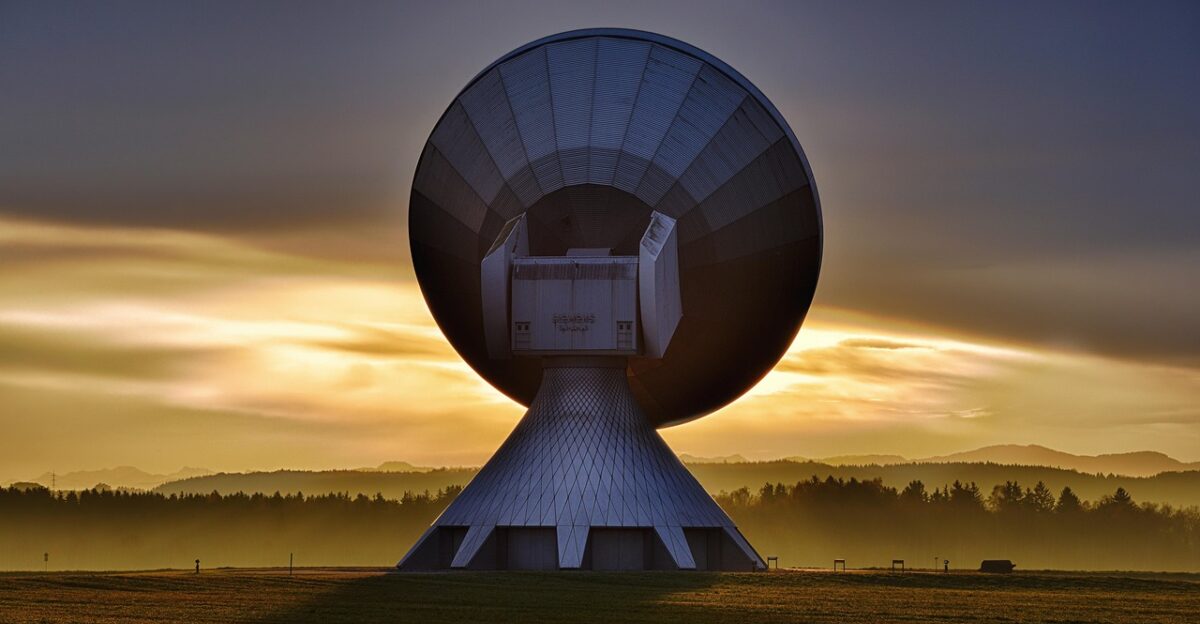
In 2015 satellite imagery, researchers identified a striking anomaly on the lagoon floor of Nikumaroro, which was later dubbed the “Taraia Object.” This object closely matches the dimensions and material properties of Earhart’s Lockheed Electra 10E.
The site’s location lines up with her final flight path and is near where historical radio distress calls were believed to have originated. The clarity of the object in satellite, aerial, and drone footage galvanized the Archaeological Legacy Institute and Purdue University to organize a new expedition. “What we have here is maybe the greatest opportunity ever to finally close the case,” said Richard Pettigrew, head of the Archaeological Legacy Institute.
Mysterious Radio Transmissions

In the days following Amelia Earhart’s mysterious disappearance, at least 57 credible radio distress calls were received worldwide. Listeners from as far away as Florida, Canada, and Australia reported hearing desperate pleas for help, some of which have since been deemed credible by researchers.
“Amelia Earhart did not simply vanish on July 2, 1937. Radio distress calls believed to have been sent from the missing plane dominated the headlines and drove much of the U.S. Coast Guard and Navy search,” said Ric Gillespie, executive director of TIGHAR. “When the search failed, all of the reported post-loss radio signals were categorically dismissed as bogus and have been largely ignored ever since.”
The Purdue University Expedition

In July 2025, 88 years after Amelia Earhart vanished, Purdue University announced its most ambitious effort yet to solve the enduring mystery of her disappearance: the Taraia Object Expedition. Partnering with the Archaeological Legacy Institute, the Purdue Research Foundation will dispatch a field team to Nikumaroro Island in November 2025 to physically investigate the so-called “Taraia Object”.
A wealth of circumstantial evidence, gathered over decades, drives this expedition, including satellite and aerial images, documented radio transmissions, historical human remains, and artifacts all linked to the island and consistent with Earhart’s presence. “With such a great amount of very strong evidence, we feel we have no choice but to move forward and hopefully return with proof,” said Richard Pettigrew, ALI’s executive director.
The Search Plan

The university has committed $500,000 to dispatch researchers who will spend five days on Nikumaroro. The expidition will launch from Majuro in the Marshall Islands on November 5, 2025. The field team will sail to Nikumaroro, where they will devote five intensive days to thoroughly investigating the enigmatic “Taraia Object” in the island’s lagoon.
“About nine decades ago, Amelia Earhart was recruited to Purdue, and the university president later worked with her to prepare an aircraft for her historic flight around the world,” said Purdue President Mung Chiang. “Today, as a team of experts try again to locate the plane, the Boilermaker spirit of exploration lives on.”
Not Without Skepticism

Many seasoned Earhart historians and forensic experts have openly questioned the theory, highlighting the lack of conclusive identification of human remains or definitive aircraft debris on the island. Skeptics within organizations like TIGHAR have pointed out that prominent objects identified in recent satellite imagery could just as easily be natural features
“We’ve looked there in that spot, and there’s nothing there,” said Gillespie. “I understand the desire to find a piece of Amelia Earhart’s airplane. God knows we’ve tried. But the data, the facts, do not support the hypothesis. It’s as simple as that.”
Case Nearly Closed?

While the theories may be many and excitement is running high, only time will tell if this case is truly closed. Advances in underwater imaging technology and the commitment of institutions like Purdue University and the Archaeological Legacy Institute have set the stage for what could be a historic breakthrough. While skepticism remains, cautious voices remind us that nature can play tricks and that conclusive proof demands more than compelling clues, this November’s mission holds the promise of resolution.

